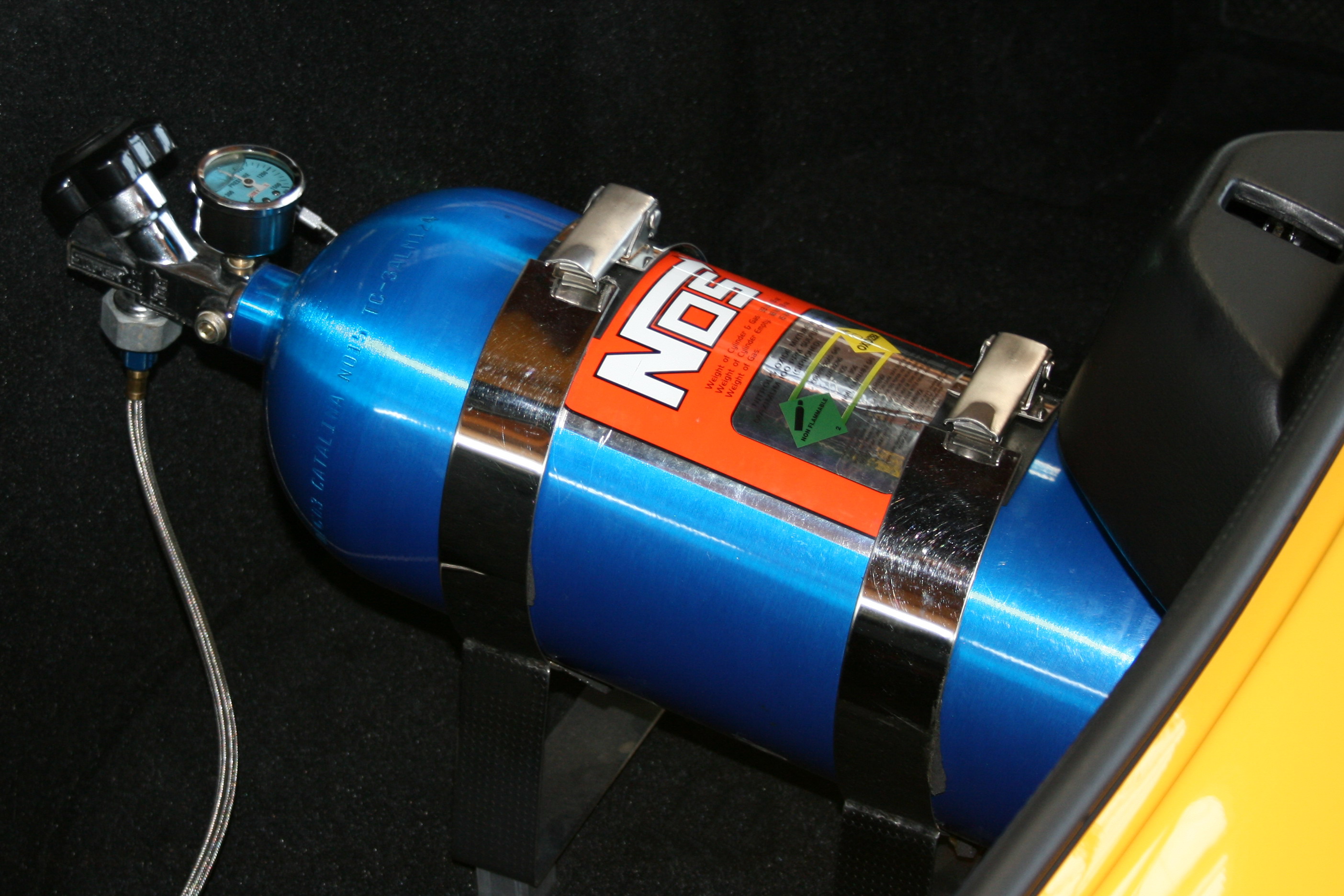The last laugh – partying with laughing gas
It’s not a recent trend that partygoers have sought new and legal ways of obtaining highs, but all highs come at a price. Drinking is a common method of having a good time with friends being sociable, though you could end up in hospital with alcohol poisoning, or it may not have any effect on you at all. The long term damage is to the liver and this mostly goes unnoticed as heavy drinking usually stops after some time. Then there are the harder drugs, such as “bath salts” and “meow meow” which have caught media attention from related deaths. Laughing gas, also known as NOS or sweet air, is an innocuous high with seemingly no negative side effects apart from light headedness if too much is inhaled. It is most commonly used as a painkiller for medical purposes.
All highs have side effects. This is a result of ingesting something which is foreign to the body and affects it in some way. NOS works by asphyxiating the brain of oxygen. The chemical involved, nitrous oxide, is able to pass into the bloodstream through the lungs given its small molecular size. Therefore, less oxygen is carried in the blood, essentially starving vital organs and the brain of oxygen, resulting in anaemic hypoxia.
Symptoms of hypoxia can include hallucinations, strokes, seizures, blackouts, incontinence, vital organ stress, chronic depression and, with sustained use, depletion of bone marrow. The high provided may be paralleled to a hit of heroin.
The alarming fact about laughing gas is that it is easily to obtain and widely available, though it is illegal to sell for recreational use. However, one can easily buy canisters of NOS online. It is not uncommon for there to be over 200 canisters of NOS at a party. It is unclear how many canisters would be enough to kill someone and there has been a case recently of a death related to recreational use.
A student interviewed on campus who had experienced its effect stated that the feeling of euphoria and the novelty was the main reason for people experimenting with the gas. However, he said that the high provided was short-lived and lasted a minute at most. The discussion has made it necessary to state that there is a difference between holding one’s breath and the asphyxiation caused by NOS. Holding your breath means that you have a stored reserve of oxygen supply whilst anaemic hypoxia is the reduction of oxygen capacity in your bloodstream. Both cases can lead to some form of brain damage due to neuropathy, the permanent damage of nerve fibres. The main difference is that you are able to gasp for air if you pass out when holding your breath and there is no chance of this with NOS as the space that would normally be occupied by oxygen is filled with laughing gas.
A further danger is that the gas should be mixed with oxygen to prevent asphyxiation resulting in a straight intake being overly potent. If the gas is in a pressurised container, such as a metallic canister, the freezing effect from the pressure gradient within the container may cause frostbite of the nose, lips and possibly the vocal cords. The anaesthetised user may succumb to this without being aware of it occurring. Laughing gas is best left to the healthcare professionals. What pr

Comments
Comments are closed here.